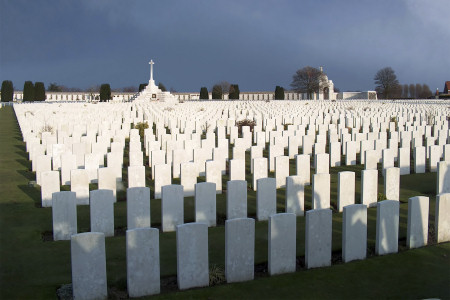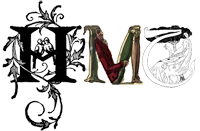International graduate conference of The Research Training Group „Notational Iconicity“ at Freie Universität, Berlin (D) in cooperation with eikones – National Centre of Competence „Iconic Criticism“, University of Basel (CH)
Berlin, 2011, July 13th – 15th
The creative process in art and science makes use of many different kinds of notation. The wide variety of notational methods, in turn, gives rise to structures which alter and redefine our understanding of the discipline or genre in which the work is being carried out. Notational systems open up spaces within individual creativity that enable thinkers and artists to plumb the inner workings of ideas, and develop unconventional solutions to problems. The notation used in a creative act often makes use of existing notational systems, but equally as often modifies them, or even replaces them with entirely new ones developed within the specific conditions of the problem or project being tackled. Each new notational system helps redefine the parameters of the creative process.
What are the conditions that define the role of notation in artistic and scientific creativity? What creative potential does notation unlock? Our conference aims to investigate these crucial questions with the help of notational and creative phenomena taken from many artistic, scholarly and scientific contexts. The following questions will help guide our inquiry:
– Upon what rules or constraints is notation dependent when it avails itself of elements of a pre-established notational system?
– What conditions does notation require in order to be effectively deployed?
– What potential do individual notational systems or methods possess, especially in relation to their alternatives? Comparing approaches can help us to see to what extent unconvential notational formats cross traditional epistemological boundaries – especially in relation to traditional methods of notation.
– What creative potential is revealed by the transcription-process implicit in many notational systems? What possibilities come to light in the intra- and inter-medial translations and adaptations that play such an essential role in realizing creative work?
– What methodological approaches are suited to describing various notational configurations and their creative potential?
The international, English-language, graduate student conference is open to young scholars from all disciplines interested in the questions and phenomena surrounding the role of notation in creative processes. All speakers will be asked to give a twenty-minute presentation and lead an in-depth discussion immediately following their talk. The conference will take place at the Free University, Berlin. Keynote lectures will be given by Professor Sybille Krämer and other distinguished scholars in the field.
Requirements for submitting a conference talk proposal:
First and last name of the presenter
Institutional affiliation
Biography of presenter (maximum 1200 characters)
Mailing address, telephone number and email address
Proposed title of talk
Abstract (maximum 3000 characters), clearly presenting the subject, objectives and methodology used
Selective bibliography (3-8 references) and principal sources used (archives, experimental or ethnographic data, etc.).
Deadline for submission of proposals:
Proposals should be sent before 15. March 2011 as an email with an attached Word file to the address: papers@schriftbildlichkeit.de
Conference talk proposals (abstract and selective bibliography) will be submitted to the conference committee.
Notification of selection will be sent to presenters within four weeks. Funds are available to cover travel expenses for some conference participants.
Organising Committee:
Fabian Czolbe (Research Training Group „Notational Iconicity“/Berlin (D))
David Magnus (eikones/Basel (CH))
Mark Halawa (Research Training Group „Notational Iconicity“/Berlin (D))
Elisabeth Birk (Research Training Group „Notational Iconicity“/Berlin (D))
Rainer Totzke (Research Training Group „Notational Iconicity“/Berlin (D))
Institutional Support:
The Research Training Group „Notational Iconicity“: On the materiality, perceptibility and operativity of writing at Freie Universität Berlin, funded by Deutsche Forschungsgemeinschaft (DFG)
http://www.geisteswissenschaften.fu-berlin.de/en/v/schriftbildlichkeit/index.html
eikones – National Centre of Competence (NCCR) „Iconic Criticism – The Power and Meaning of Images“, Cluster „Image – Writing – Ornament“
http://www.eikones.ch

